Efflorescence is a common problem that can occur on a variety of different substrate materials, including concrete, brick, and stucco. It is caused by the migration of water through the substrate, which carries dissolved minerals to the surface. These minerals then crystallize and form a white, powdery substance on the surface of the substrate, which can be unsightly and difficult to remove.
One product that can be used to effectively remove efflorescence from substrates is Efflo-Go, a chemical solution developed by Southeast Softwash. This product is specifically designed to break down and dissolve the minerals that cause efflorescence, making it easy to remove the substance from the surface of the substrate.
To use Efflo-Go to remove efflorescence, you will need to follow a few simple steps:
- First, you should begin by thoroughly cleaning the surface of the substrate to remove any dirt, dust, or debris. This will ensure that the Efflo-Go is able to penetrate the substrate and effectively remove the efflorescence.
- Once the surface is clean, you can begin applying the Efflo-Go. You can do this using a garden sprayer, a pressure washer, or a brush, depending on the size and shape of the substrate. Be sure to follow the manufacturer's instructions for dilution and application rates, as the concentration of the solution may vary depending on the type of substrate you are treating.
- After you have applied the Efflo-Go, allow it to sit on the surface of the substrate for the recommended amount of time. This will allow the solution to penetrate the substrate and dissolve the minerals that cause efflorescence.
- Once the recommended amount of time has passed, you can begin to remove the efflorescence from the surface of the substrate. This can be done using a brush, a pressure washer, or by simply wiping the surface with a clean cloth. Be sure to remove all of the efflorescence, as any residue left behind may re-crystallize and cause the problem to return.
- Once the efflorescence has been removed, you should rinse the surface of the substrate with clean water to remove any remaining traces of the Efflo-Go solution. This will help to prevent any residue from drying on the surface of the substrate and potentially causing further problems in the future.
What are the two types of efflorescence?
Primary Efflorescence
Primary efflorescence is a type of efflorescence that occurs when water and dissolved minerals migrate through a newly constructed substrate. This can occur when water is used to mix and cure concrete, or when moisture is introduced to a substrate through the use of wet curing methods. The water carries the dissolved minerals to the surface of the substrate, where they crystallize and form a white, powdery substance.
Primary efflorescence is typically more prevalent in newly constructed substrates and tends to occur within the first few months after the substrate has been built. It is most commonly seen on concrete, brick, and stucco, but can also occur on other types of substrates.
Primary efflorescence is generally not considered to be a structural problem and is more of an aesthetic issue. However, it can be unsightly and may need to be removed in order to restore the appearance of the substrate. There are a variety of different products and methods that can be used to remove primary efflorescence, including chemical solutions, pressure washing, and brushing.
Secondary efflorescence
Secondary efflorescence is a type of efflorescence that occurs when water and dissolved minerals migrate through an existing substrate, rather than a newly constructed one. This can be caused by a variety of factors, including leaks, poor drainage, high humidity, or improper sealing of the substrate.
Unlike primary efflorescence, which is typically more prevalent in newly constructed substrates, secondary efflorescence can occur at any time and is not limited to new construction. It is most commonly seen on concrete, brick, and stucco, but can also occur on other types of substrates.
Like primary efflorescence, secondary efflorescence is generally not considered to be a structural problem and is more of an aesthetic issue. However, it can be unsightly and may need to be removed in order to restore the appearance of the substrate. There are a variety of different products and methods that can be used to remove secondary efflorescence, including chemical solutions, pressure washing, and brushing.
It is important to address the underlying cause of secondary efflorescence in order to prevent it from recurring. This may involve fixing leaks, improving drainage, or properly sealing the substrate to prevent moisture from penetrating it.
Is Efflorescence Harmful?
Efflorescence is generally not harmful to humans or animals. The white, powdery substance that forms on the surface of the substrate is made up of crystallized minerals that have been carried to the surface by water. These minerals are typically not toxic and do not pose a health risk.
However, efflorescence can be a sign of excess moisture in the substrate, which can lead to other problems. For example, excess moisture can cause the substrate to weaken or deteriorate over time, leading to structural problems. In addition, excess moisture can create an ideal environment for the growth of mold, which can be harmful to humans and animals if inhaled.
8 Tips For Preventing Efflorescence
- Properly seal the substrate: Applying a sealant to the surface of the substrate can help to prevent moisture from penetrating it, which can reduce the risk of efflorescence.
- Improve drainage: Poor drainage can lead to excess moisture in the substrate, which can cause efflorescence. Ensuring that water is properly drained away from the substrate can help to prevent this problem.
- Fix leaks: Any leaks or sources of excess moisture should be repaired in order to prevent efflorescence.
- Keep the substrate dry: Try to keep the substrate as dry as possible by avoiding activities that introduce moisture, such as wet curing of concrete or overwatering plants.
- Use a dehumidifier: If you live in a humid climate, using a dehumidifier can help to reduce the amount of moisture in the air, which can reduce the risk of efflorescence.
- Use a vapor barrier: A vapor barrier can help to prevent moisture from entering the substrate from the ground.
- Insulate properly: Proper insulation can help to prevent moisture from entering the substrate from the exterior.
- Use a water-repellent finish: Applying a water-repellent finish to the surface of the substrate can help to prevent moisture from penetrating it.
Does Efflorescence Smell?
Efflorescence itself does not have a smell. It is a white, powdery substance that forms on the surface of the substrate when water and dissolved minerals migrate through the substrate and crystallize on the surface.
However, the presence of efflorescence may be an indication of excess moisture in the substrate, which can create an environment conducive to the growth of mold. Mold can have a musty or moldy smell, which may be noticeable if the efflorescence is located in a confined space or if the substrate is particularly damp.
If you notice a musty or moldy smell in addition to efflorescence, it is a good idea to address the underlying cause of the problem in order to prevent further issues from occurring. This may involve fixing leaks, improving drainage, or properly sealing the substrate to prevent moisture from penetrating it.
Efflorescence Vs White Mold
There are a few key differences between white mold and efflorescence that can help you determine which one you are dealing with.
Appearance: White mold tends to have a fuzzy or slimy appearance, while efflorescence is a dry, powdery substance.
Location: White mold is usually found on organic materials, such as wood or paper, while efflorescence is typically found on inorganic materials, such as concrete, brick, or stucco.
Cause: White mold is caused by the growth of fungi in damp conditions, while efflorescence is caused by the migration of water through the substrate, which carries dissolved minerals to the surface.
Removal: White mold can be difficult to remove and may require the use of specialized cleaning products or a professional service. Efflorescence can typically be removed using a variety of different methods, including chemical solutions like Efflo-Go, pressure washing, and brushing.
If you are still unsure whether you are dealing with white mold or efflorescence, it is a good idea to consult with a professional. They will be able to examine the substance and provide a more accurate diagnosis.
What are Efflorescence Salts?
Efflorescing salts are a type of salt that can cause efflorescence to form on porous building materials. Some common types of efflorescing salts include:- Calcium carbonate
- Calcium sulfate
- Sodium sulfate
- Potassium sulfate
- Magnesium sulfate
- Calcium oxide
These salts are typically found in the water that is used to mix and cure concrete, or that is present in the soil or groundwater surrounding the building material. When the water migrates through the building material, it carries the dissolved salts with it, which can then crystallize on the surface and form efflorescence.

Conclusion
By following these steps, you can effectively remove efflorescence from a variety of different substrate materials using Efflo-Go from Southeast Softwash. This product is specifically designed to break down and dissolve the minerals that cause efflorescence, making it easy to remove this unsightly substance from the surface of the substrate.
In addition to using Efflo-Go to remove efflorescence, there are a few other things you can do to help prevent this problem from occurring in the first place. For example, you can try to minimize the amount of water that comes into contact with the substrate by sealing the surface or installing a waterproof barrier. You can also try to keep the substrate as dry as possible by fixing any leaks or drainage problems that may be contributing to the problem.
Overall, Efflo-Go from Southeast Softwash is an effective and convenient way to remove efflorescence from a variety of different substrate materials. By following the steps outlined above, you can easily and effectively remove this unsightly substance and restore the appearance of your substrate.





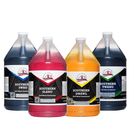
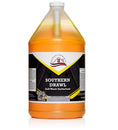
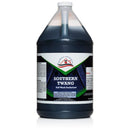
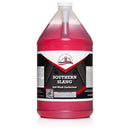
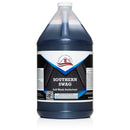
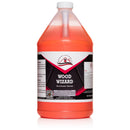
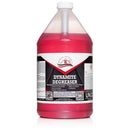
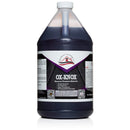
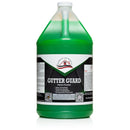
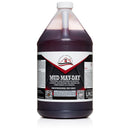
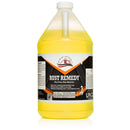
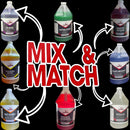
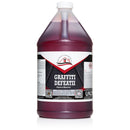
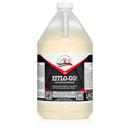
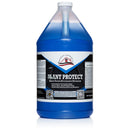
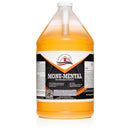



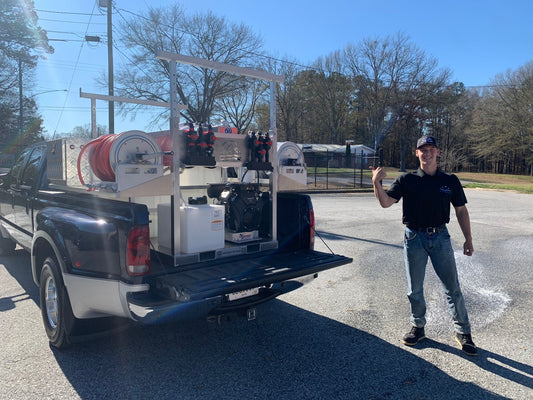
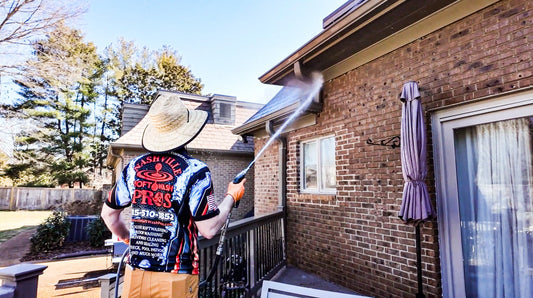



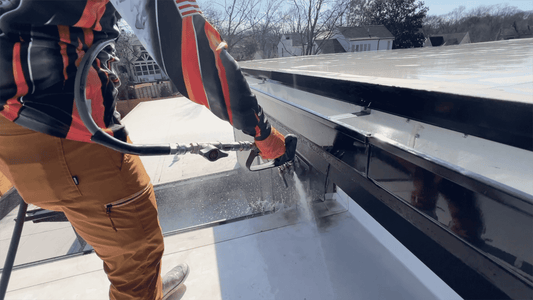
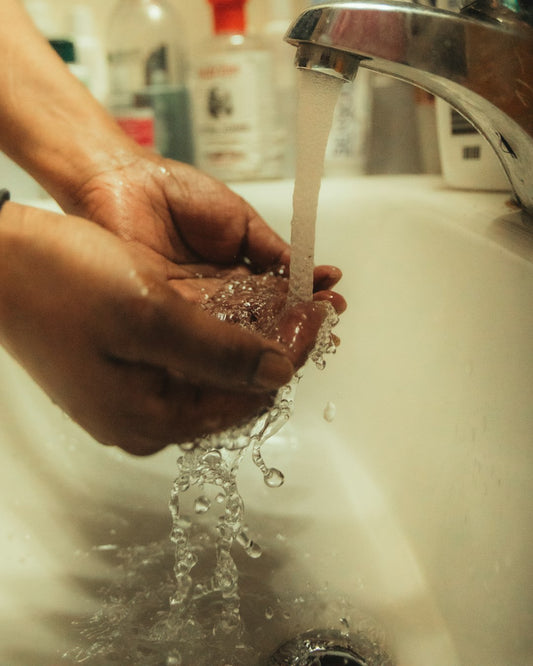

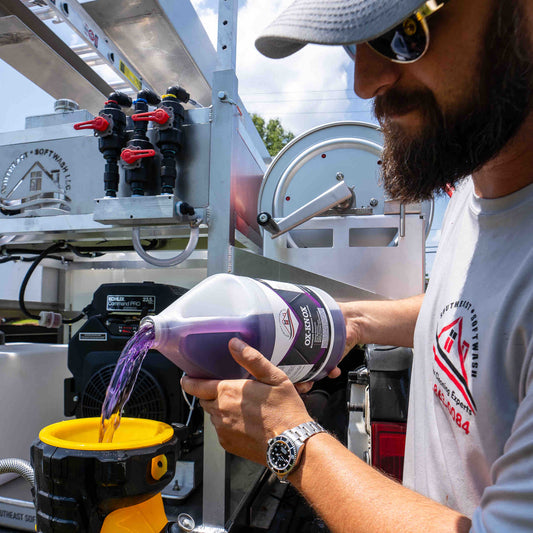
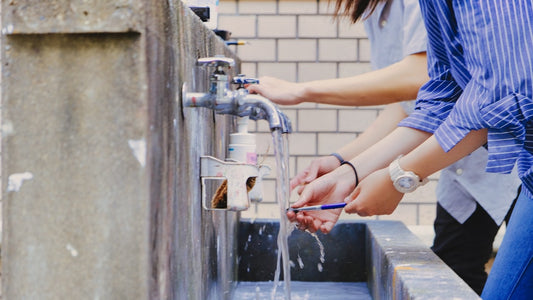
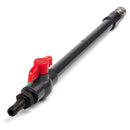
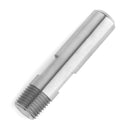
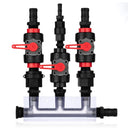



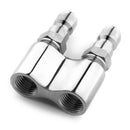
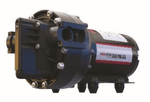
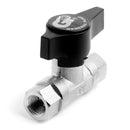
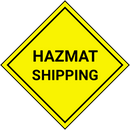

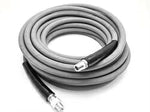
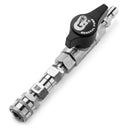

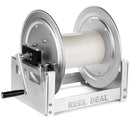

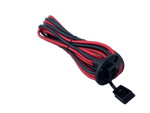

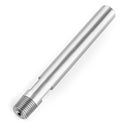
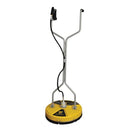
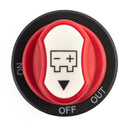
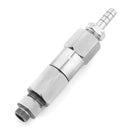
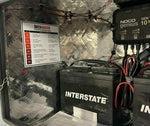
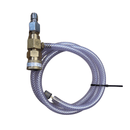
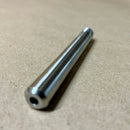
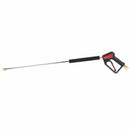
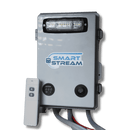
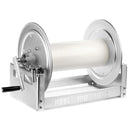

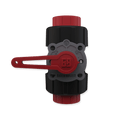

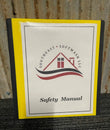


1 comment
[…] https://i0.wp.com/www.southeastsoftwash.com/wp-content/uploads/2023/01/IMG_2933.png?resize=300,225&ssl=1 https://www.southeastsoftwash.com/2023/03/15/is-efflorescence-harmful-removal-and-prevention-tips/ […]